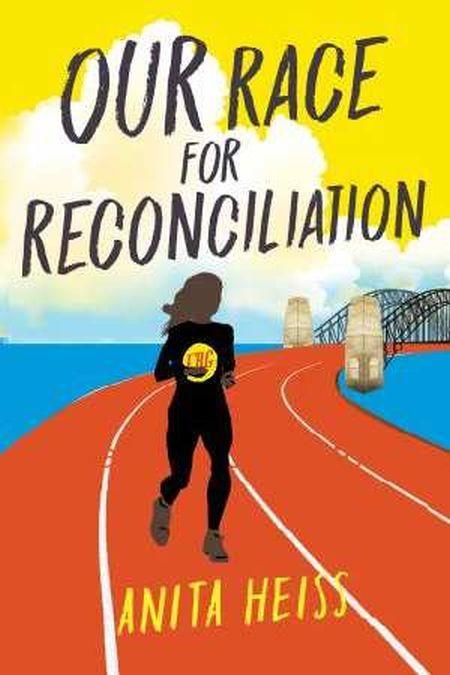Prolific Wiradjuri author Anita Heiss is well known for her rich literary texts for younger readers. Set in the year 2000, the 192-page novel ‘Our Race for Reconciliation’, uses a pun in its title to build on a storyline which connects Cathy Freeman’s 2000 Sydney Olympic experience to that of the main character. The story’s first person narrator, ten-year-old Mel Gordon is characterised by her love of running, a main link with Freeman. As an historical fiction text, the way in which people, places and a sense of memory drive this text make it rich for discussion in a classroom context.
In particular, the participation in the ‘People’s Walk for Reconciliation’ across the Sydney Harbour Bridge is especially stirring for Mel and her family. Significantly, this walk takes place on the national ‘Sorry Day’ which adds to the depth of meaning felt. A strength of the text is the layered impact around identity felt throughout the writing, with a sustained focus on sports being a key element, later built upon through Australia’s move towards reconciliation. The language is appropriate and accessible to upper primary readers, with enrichment through Mel’s dialogue with the adults around her who clarify meaning for both Mel, as the narrator, and the reader. The intermingled learning experience for Mel as she learns about her own identity of Murri, as well as her love of running not just in a physical sense, but in a wider societal sense, contribute towards reconciliation for both other Aboriginal people and indeed all Australians.

